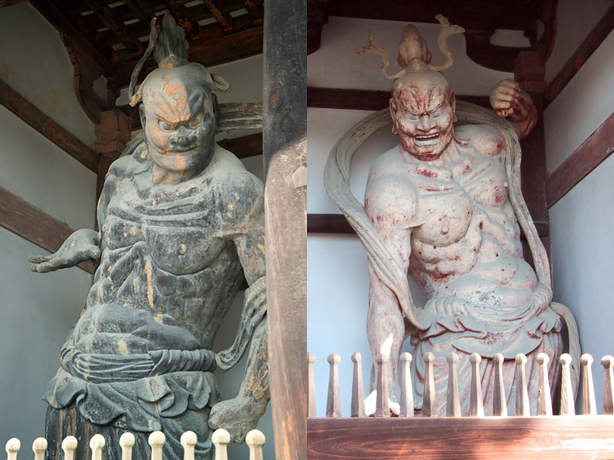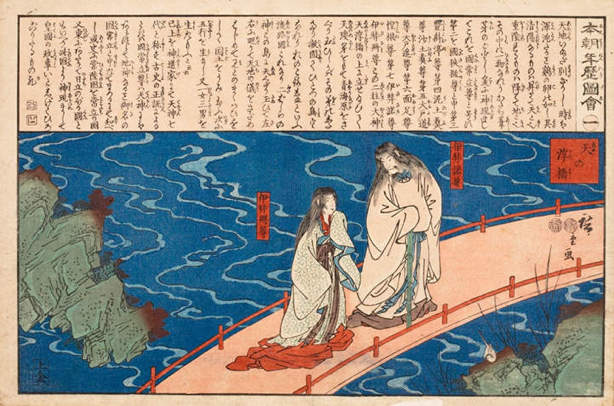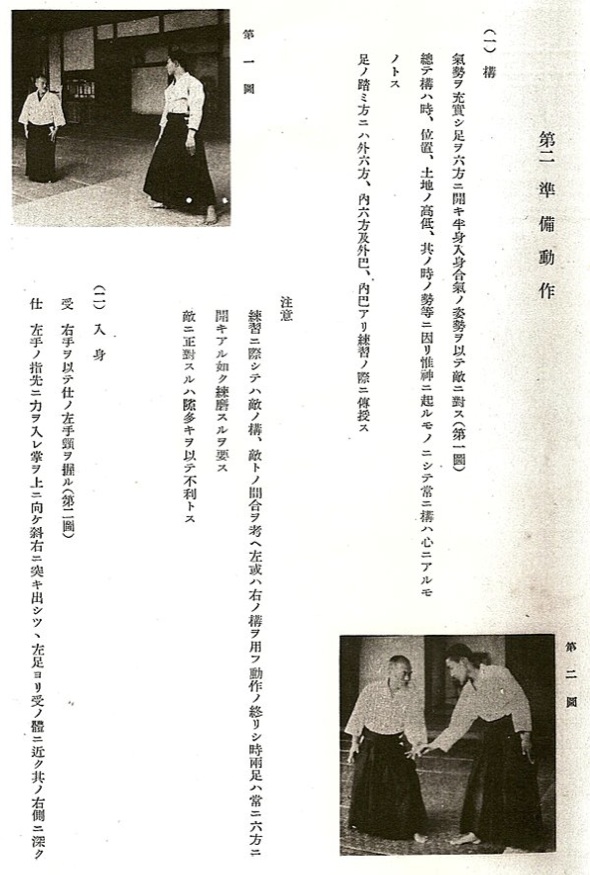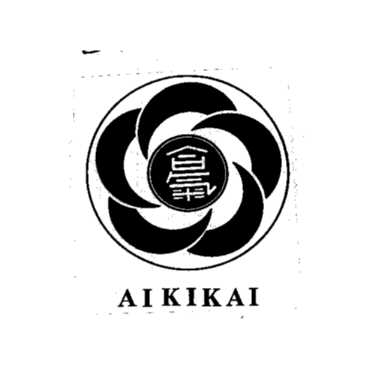Aiki, Iki, Kokyu, Heng-Ha and Aun – Part 1

Kongo-rikishi statues at the gate of Horyuji Temple
The Kongo-rikishi statues that guard the gate to the inner sanctum of Horyuji Temple are the oldest in Japan. These "Guardian Kings" were said to have traveled with Shakyamuni Buddha, in order to act as his bodyguards. The one one the right (Misshaku Kongo) has his mouth open in the first letter of the Sanskrit alphabet ("A"). The one on the left (Naraen Kongo) has his mouth closed, representing the last letter of the Sanskrit alphabet ("un"). "A-un" is generally used to represent the breadth of existence – the universe existing between the combined In-Yo opposites.In the west this is sometimes pronounced as the Indian "Om" or "Aum". In China this is associated with Heng-Ha breathing exercises in the practice of…martial arts. There the statues are called the Heng Ha Er Jiang (哼哈二将, the two generals Heng and Ha).Getting back to Aikido – here’s a short tidbit from Aikido Founder Morihei Ueshiba:
武産の武の阿吽の呼吸の理念力
The martial art of Takemusu is the power of the principle of A-un breathing (kokyu)




